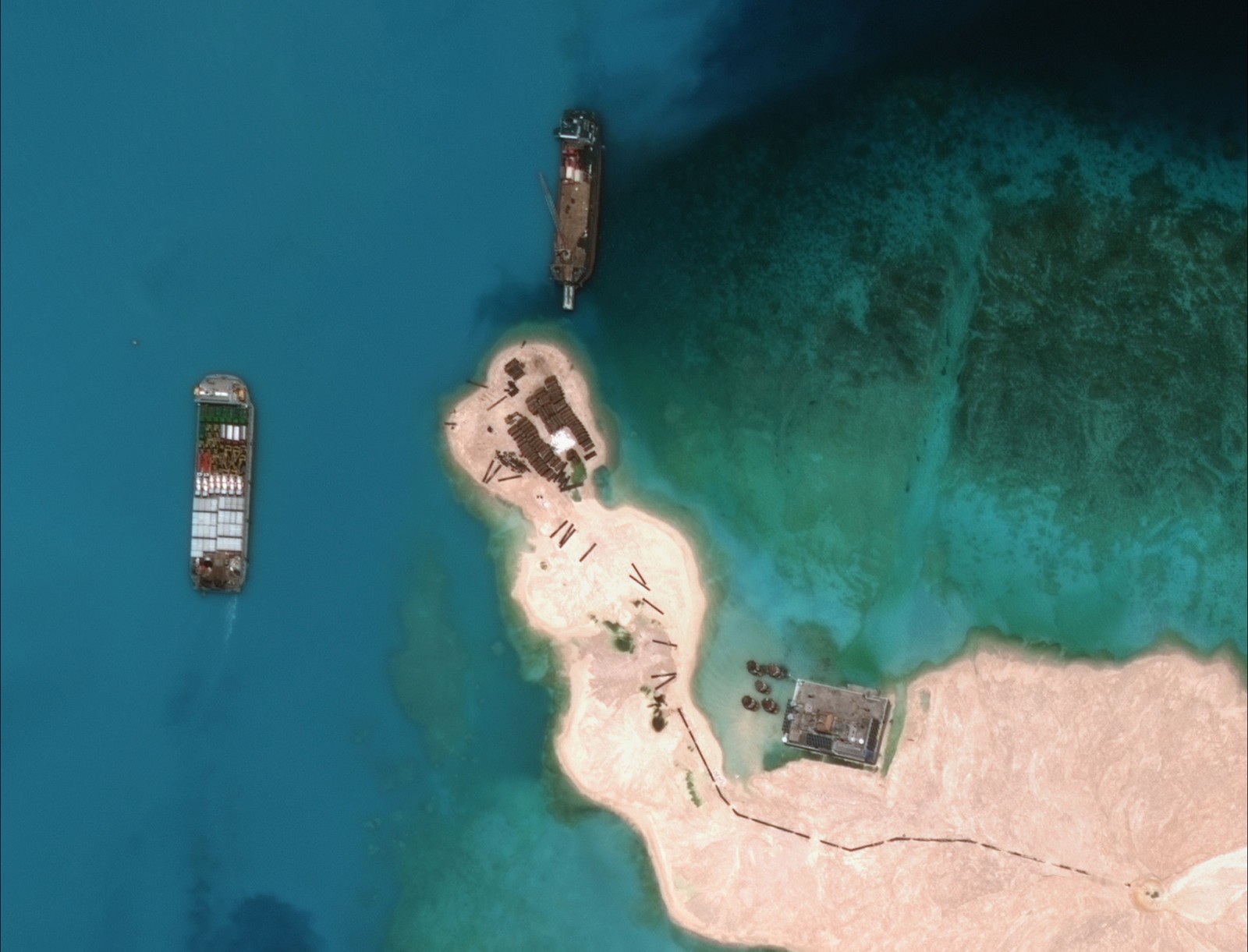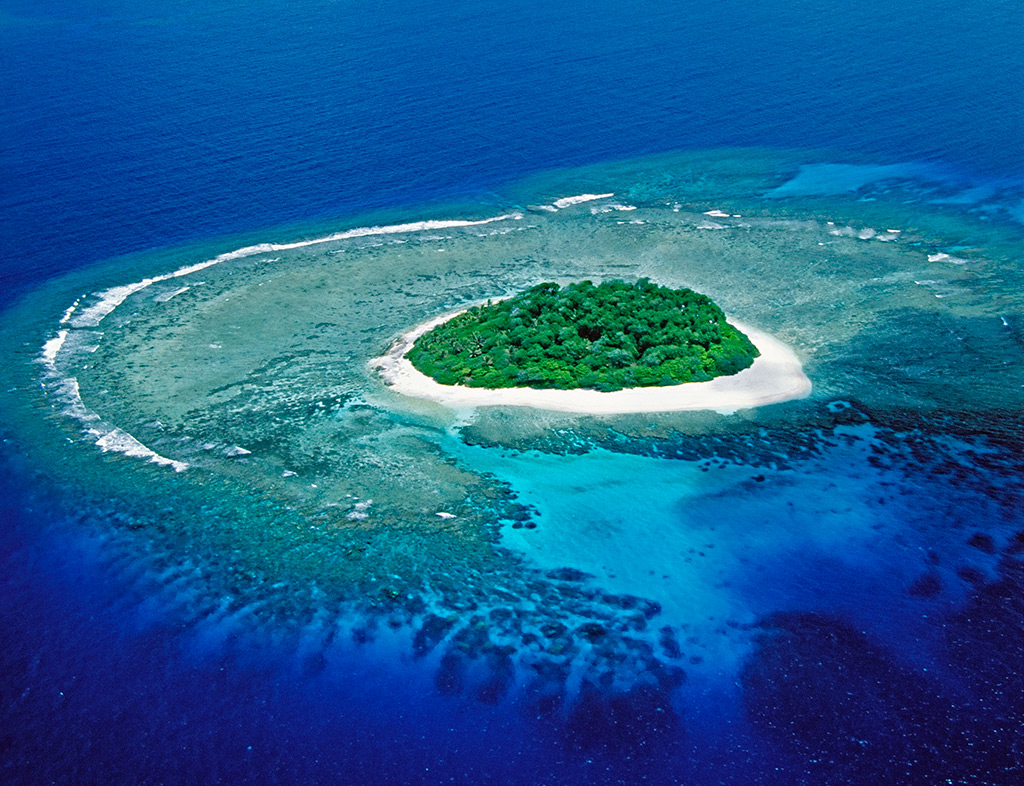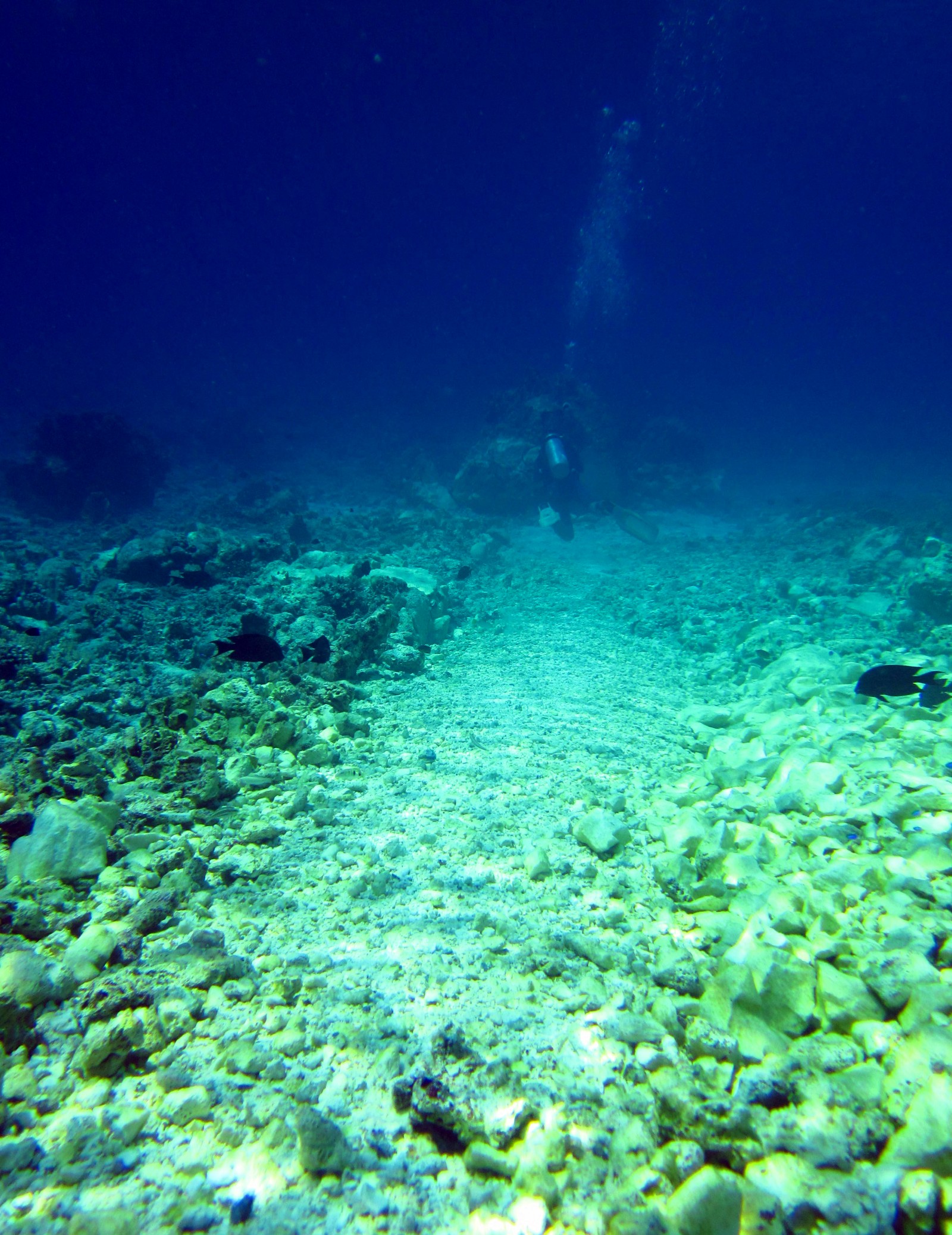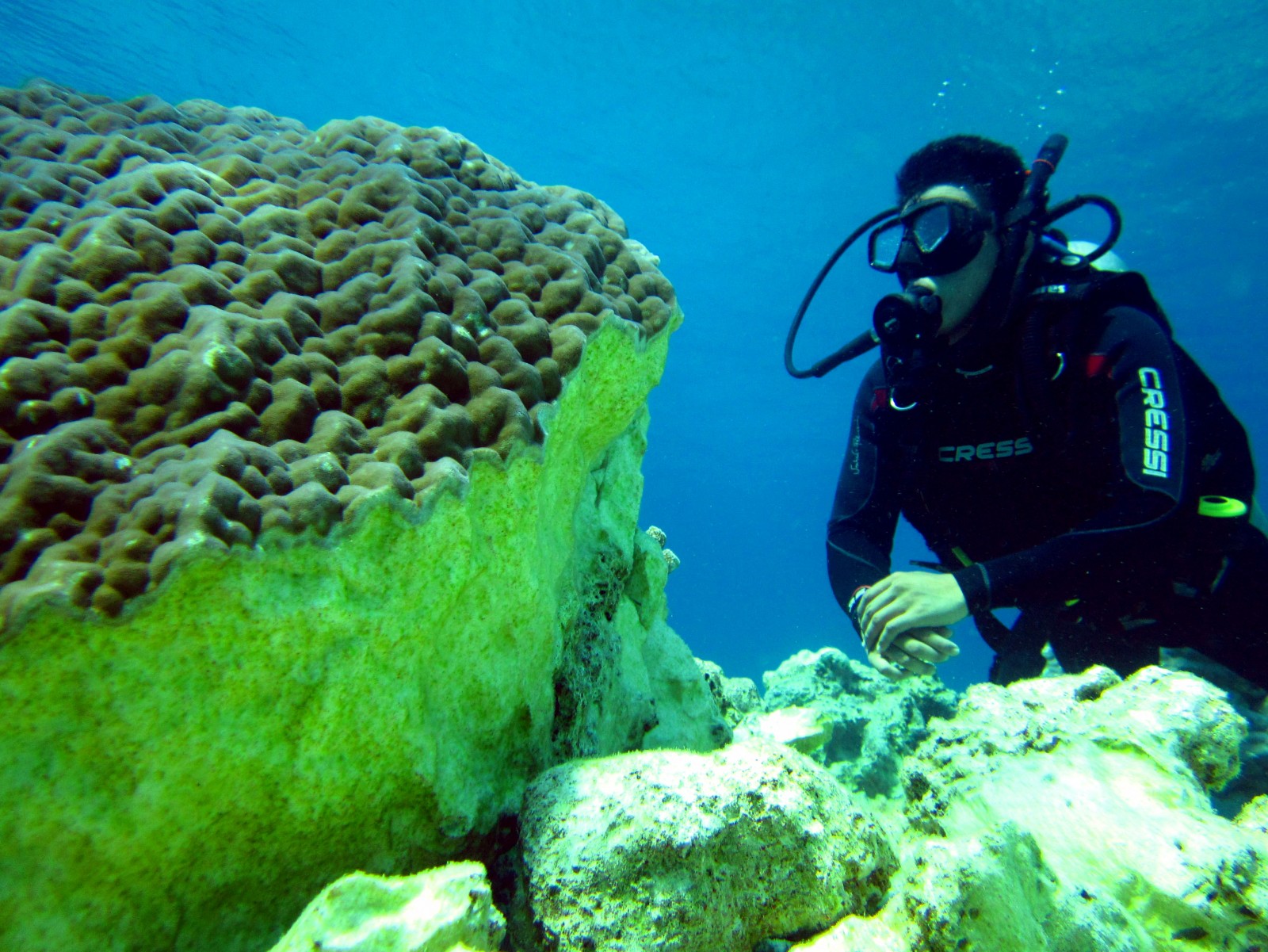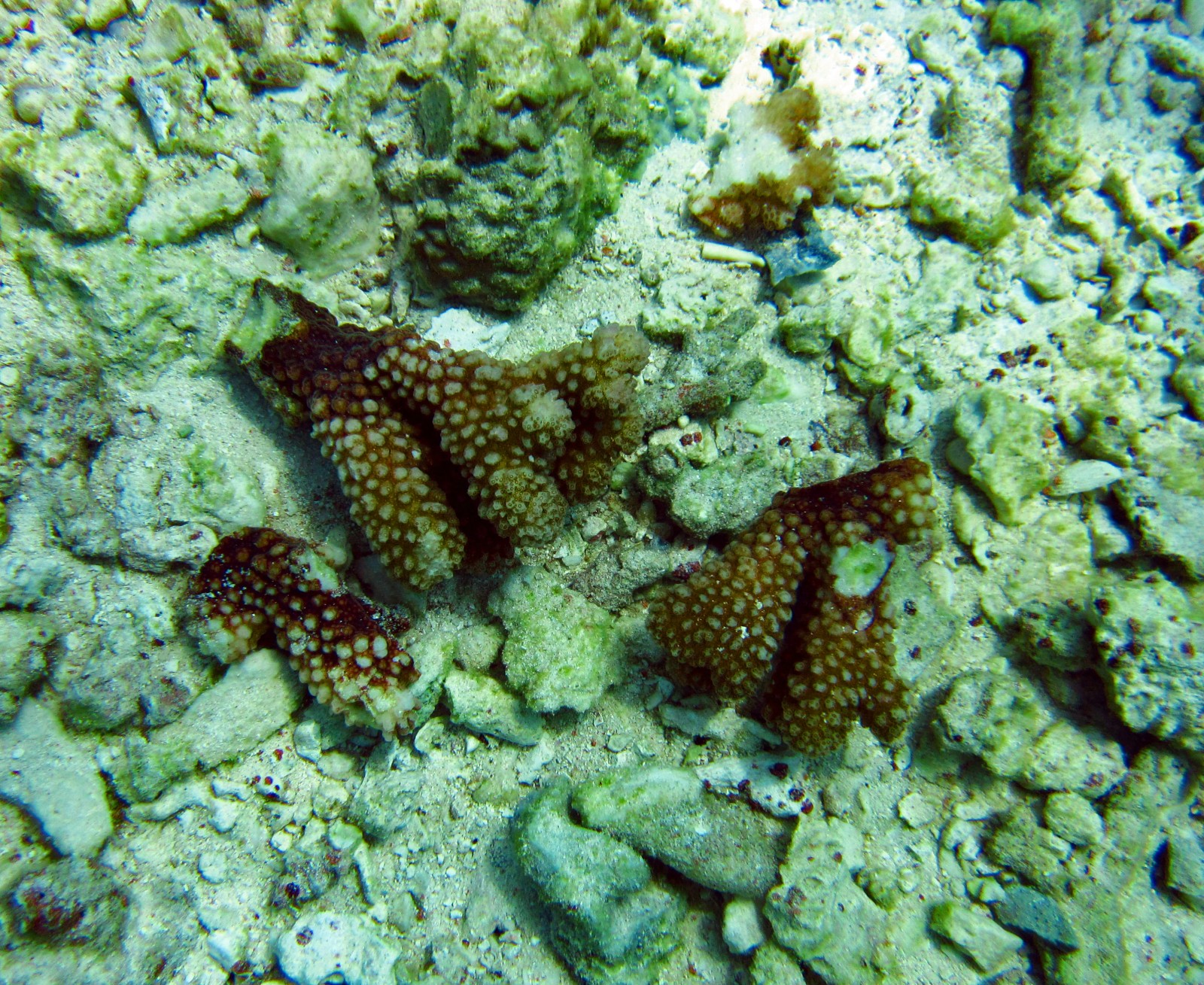Chinese military expansion in the West Philippine Sea threatens marine life in the Coral Triangle.
As diplomats wrangle over who has rightful claim to a resource-rich area in the South China Sea, manoeuvrings by China to reinforce its territorial assertions are putting a strain on the marine environment.
“The worst thing anyone can do to a coral reef is to bury it under tonnes of gravel and sand,” says University of Miami marine biologist John McManus, referring to landfill activities undertaken by China since last year to reinforce its claims to several small islands.
China has been dredging the seafloor to construct virtual islands in the middle of the South China Sea to assert its claim to areas which it believes to be part of ancient historical demarcations. While these assertions are a geopolitical matter, these kinds of activities deal a serious and irreversible blow to the environment.
China’s recent island building has permanently destroyed 13 million square metres of some of the most species-rich coral reefs in the world, McManus says. Images taken by the Philippines’ Department of National Defense showed China’s reclamation activities in several coral reef ecosystems in Gaven Reef (Burgos Reef) and Fiery Cross Reef (Kagitingan Reef), which are both part of the disputed waters.
Aside from China and the Philippines, other countries that claim island territories in the South China Sea include Brunei, Malaysia, Taiwan and Vietnam. While the Philippines, Taiwan and Vietnam have constructed airbases and other structures in the area, only China has gone as far as extensively putting up artificial islands by reclaiming sand and rocks from the sea and erecting concrete structures.
Mounting Long-term Losses
Edgardo Gomez, professor emeritus of the University of the Philippines Marine Science Institute, estimates that China’s reclamation activities and its environmental toll could be equivalent to USD109 million in annual economic losses for countries around the South China Sea. The construction binge in the South China Sea has also enabled China to extend its reach to resources further away from its own coastal waters and exclusive economic zone. China has been accused of poaching valuable marine life such as giant clam shells, corals and other sea creatures.
The toll on marine life is most felt by the people who depend on the bounty of the sea for livelihood. “The dredging of sand and gravel for material to build the islands has seriously damaged several times that area. This dredging has killed hundreds of millions of corals and other reef species,” he notes.
Pablo Rosales, who heads a local alliance of fishers, says that Filipino fishers in the areas of Palawan and Zambales which front the South China Sea, have been complaining that they have been unable to go to their usual fishing grounds due to restrictions imposed by the Chinese coast guard.
“Our fishing grounds are getting smaller. Aside from declining catch, our members are unable to venture to areas such as the Scarborough Shoal for fear that they will be apprehended or get shot at by the Chinese,” he says. Scarborough Shoal is located some 198 kilometres off the coast of Zambales — well within the 200-nautical mile (370.4 kilometre) exclusive economic zone of the Philippines under the UN Convention on the Law of the Sea, Philippine authorities contend.
McManus says in addition to long-term loss of fish in damaged reefs, China’s dredging activities may also have an impact on the migration behaviour of fish such as tuna and mackerel, which swim from reef to reef to feed on reef fish.
Compounding Climate Change
Another serious impact of the reclamation is expected to make its evidence felt in the coming years. McManus says the South China Sea would impact not only on the geopolitical arena but also on efforts to combat climate change. “The impact of the dredging and filling tends to accelerate the effects associated with climate change and to basically remove any hope that nearly 13 million square metres of coral reef will ever survive for the next hundred years,” McManus laments.
“Unless very serious efforts are made to reduce carbon emissions and to actively remove large amounts of carbon dioxide which already exist in the atmosphere, coral reefs are going to be radically different and far less valuable to humanity than they are today,” he says. The current trend will force all coral reefs substantially below the surface within half a century or so.
He says this means that millions of people living along coastlines protected from waves by coral reefs will see their villages and cities eroding rapidly. All coral reef lagoons, reef flats and reef crest ecosystems will disappear, along with thousands of species that normally live there. “Additionally, the warming of sea water, increases in storm intensity, increases in coastal runoff, acidification of the ocean, and massive overfishing by increasingly desperate coastal populations will all greatly reduce the number of species that survive far below the waves,” McManus concludes.
Read more science-based conservation news at Sci-Dev.
